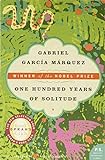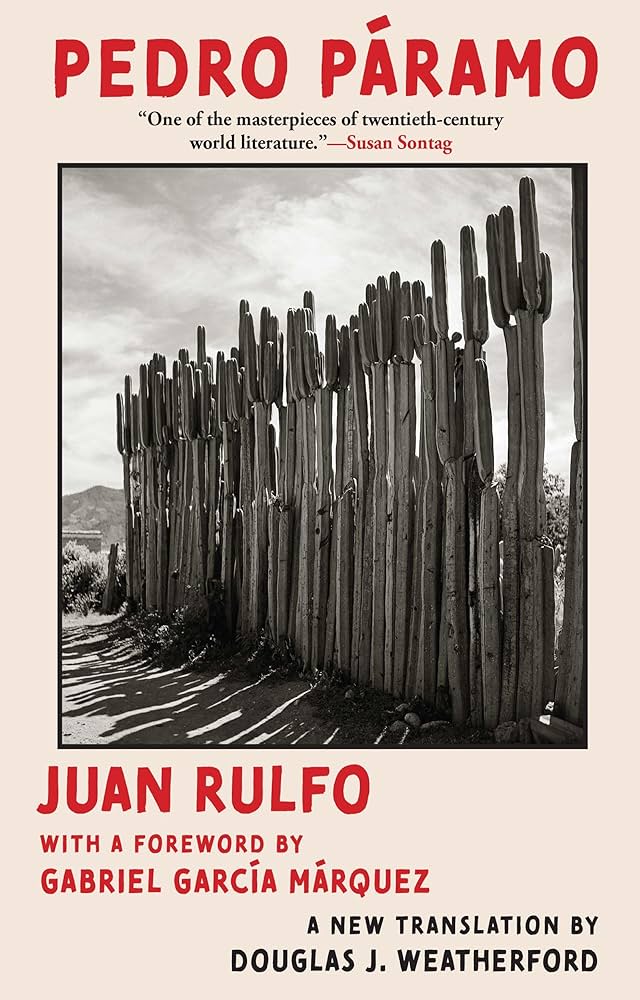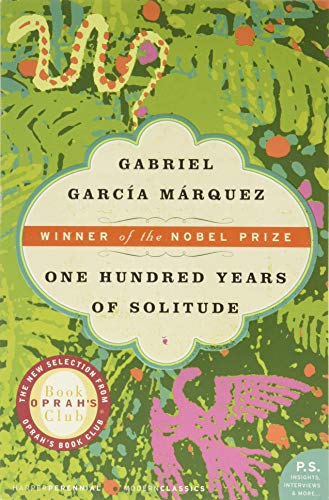 Pedro Páramo is a work of pitched contradiction. The sole novel by Mexican writer Juan Rulfo, first published in 1955, its narrative is rather straightforward, yet fractured to near incoherence. Its form is revolutionary (so much so that it famously inspired Márquez to write One Hundred Years of Solitude) yet its content disparages the actual revolution against which it is set, Rulfo’s family having been displaced and ruined by the land reforms that followed the Mexican Revolution. It is frequently mentioned in discussions of the greatest novels of Latin America, yet it is hardly known among the anglophone world.
Pedro Páramo is a work of pitched contradiction. The sole novel by Mexican writer Juan Rulfo, first published in 1955, its narrative is rather straightforward, yet fractured to near incoherence. Its form is revolutionary (so much so that it famously inspired Márquez to write One Hundred Years of Solitude) yet its content disparages the actual revolution against which it is set, Rulfo’s family having been displaced and ruined by the land reforms that followed the Mexican Revolution. It is frequently mentioned in discussions of the greatest novels of Latin America, yet it is hardly known among the anglophone world.
Until now, that is, as a new translation by Douglas J. Weatherford has reintroduced Pedro Páramo to English readers, with a film adaptation on the horizon.
A few months before this latest translation came out, I happened to ask the owner of Mexico City’s Under the Volcano Books if the store had a copy in English. He said yes, but that the translation was badly in need of a “re-do.” I’d heard only rumors of one such re-do, then learned that it was publishing mere weeks later. There was big buzz around it, and as is the case anytime an updated translation of a literary classic drops, the question becomes whether or not it adds or detracts from the legacy of the book. So here we are.
The previous translations had been criticized in one case for cutting out entire sections of the original text—apparently because the translator simply didn’t understand them—and in the other for costuming the novel’s famously gloomy tone with inaccurately flamboyant language. By comparison, the new translation has generally been applauded for restoring the lost segments as well as the more despairing attitude of Rulfo’s work, even if there have been questions raised about particular word choices. When I recently spoke with novelist Valeria Luiselli about the translation—Luiselli has taught the old translations numerous times over the years and is therefore intimately familiar with its various iterations—she noted that Weatherford had achieved the underlying syntax of Pedro Páramo, and how that in itself offers a more authentic read to the English audience.
Speaking from the vantage of said English audience, the latest translation of Pedro Páramo is a mystifying work, and I mean that in the dual sense that it is confounding and that its language possesses an almost mystical quality. “I began to imagine all kinds of possibilities and allowed my fantasies to run free,” its narrator declares at the beginning, and indeed he and we enter into a phantasmagoric wasteland—and not by accident, for páramo is Spanish for wasteland—where ghosts and brutality and dreams and madness are the status quo and the meaning of the scenes, characters, and events that populate its disjointed narrative are orphic at best, nihilistic at worst. It is an experiential novel in that you must actively engage with it in order to apprehend its underlying coherence—and there is coherence there.
Some native Spanish speakers have expressed frustration with specific points of lexicon, saying that the new translation is still not true to the original vocabulary. Having extensively edited translations myself, however, I’m not an ardent advocate of creating word-to-word renderings but find that the best frequently approach lexicon from the perspective of the intended audience. In other words, it’s more about meaning than being meticulous.
With that in mind, I think the new Pedro Páramo is a success. To wit:
“He went outside and looked toward the heavens. It was raining stars.”
Salió fuera y miró el cielo. Llovía estrellas.
“This world grabs onto us so tightly it squeezes out fistfuls of our dust here and there, breaking us to pieces as if to douse the land with our blood.”
Este mundo que lo aprieta a uno por todos lados, que va vaciando puños de nuestro polvo aquí y allá, deshaciéndonos en pedazos como si rociara la tierra con nuestra sangre.
“One can almost hear the earth rotating on rusted hinges, the trembling of an ancient world pouring out its darkness.”
En el comienzo del amanecer, el día va dándose vuelta, a pausas; casi se oyen los goznes de la tierra que giran enmohecidos; la vibración de esta tierra vieja que vuelca su oscuridad.
This magnificent language achieves the apocalyptic dread of the original, if not a direct translation. Pedro Páramo is a book that clanks and groans and occasionally chortles. It’s a book that hums a kind of chuckling death rattle; a celestial and elemental work with abundant allusions to the moon, stars, running water, rain, wind, sky, and clouds. Weatherford’s translation captures the primeval struggle at its core—the oldest struggle of hope against death. Even death against death, because everyone in the realm of narrator Páramo’s realm seems to either be a ghost or fast on their way to becoming one.
Is it a perfect translation? I don’t know, and anyone who claims to know is lying. There is no such thing as a perfect translation, only the latest translation, which represents the next endeavor to bring relevance to a text for one reason or another. In this case, it is because the text in question is a masterpiece and it has long been a shame that English readers were not more aware of it. So in regard to exposing Pedro Páramo to a wider contemporary audience, I think the new translation is worth all the effort that has gone into producing it. It moves the story forward, so to speak, amidst the wider tale of literature. And it is a gorgeously engaging read at that.




